Lake malawi butterfly cichlid - Aulonocara jacobfreibergi
Scientific name: Aulonocara jacobfreibergi
Common name: Lake malawi butterfly cichlid
Family: Cichlidae
Usual size in fish tanks: 14 - 17 cm (5.51 - 6.69 inch)
014
Recommended pH range: 7 - 8.5
Recommended water hardness: 10 - 25°N (178.57 - 446.43ppm)
0°C 32°F30°C 86°F
Recommended temperature range: 24 - 27 °C (75.2 - 80.6°F)
The way how these fish reproduce: Spawning
Where the species comes from: Africa
Temperament to its own species: aggressive/territorial
Temperament toward other fish species: aggressive to smaller
Usual place in the tank: Middle levels
Origin
Native to the rocky and sandy habitats of Lake Malawi, one of the most biodiverse freshwater ecosystems in the world, these cichlids are adapted to thrive in clear, alkaline waters. They are often found near rocky outcrops where they hunt for invertebrates and establish breeding territories. This natural environment provides insight into their need for both open swimming areas and ample cover in captivity.
Tank Requirements
Lake Malawi Butterfly Cichlids require an aquarium of at least 200 liters (50 gallons) to support their size and territorial behavior. For larger groups or mixed-species setups, consider tanks of 300 liters (75 gallons) or more. Maintain stable water temperatures of 24-27°C (75.2-80.6°F), a pH of 7-8.5, and water hardness between 10-25°N (178.57-446.43 ppm). Decorate the tank with rocky caves, crevices, and overhangs to mimic their natural habitat and provide essential hiding places for females and subdominant individuals. A sandy substrate is ideal for digging and foraging behaviors. Ensure strong filtration and regular water changes to maintain pristine water conditions, as these fish are sensitive to poor water quality.
Food and Feeding
These cichlids are primarily carnivorous and require a protein-rich diet. Offer high-quality cichlid pellets or flakes as a staple, and supplement their diet with live or frozen treats such as brine shrimp, bloodworms, krill, and earthworms. Occasional feeding of spirulina-based foods can enhance their coloration and support overall health. Feed them 2-3 times daily in small portions, ensuring all food is consumed within a few minutes to maintain water quality.
Compatibility
Due to their territorial nature, Lake Malawi Butterfly Cichlids are best kept with similarly sized and temperamentally robust African cichlids. Suitable tankmates include other Lake Malawi species, such as Mbuna or Haplochromis. Avoid pairing them with smaller or overly passive fish, as these may be bullied or injured. A harem setup with one male and multiple females is ideal, as it reduces the male’s focus on a single female and helps balance the social dynamics within the group. Provide ample hiding spots and visual barriers to minimize territorial disputes.
Sexing
Sexing Lake Malawi Butterfly Cichlids is straightforward due to their pronounced sexual dimorphism. Mature males exhibit vibrant blue and yellow coloration with metallic highlights and elongated dorsal and anal fins. Females are less colorful, displaying a grayish-brown hue with shorter, rounded fins. These differences become more apparent during courtship and breeding periods, when males intensify their displays to attract mates.
Breeding
Breeding Lake Malawi Butterfly Cichlids is a rewarding experience. These cichlids are maternal mouthbrooders, meaning the female incubates fertilized eggs in her mouth for protection. To encourage breeding, provide plenty of hiding spaces and flat surfaces for spawning. After spawning, the female will carry the eggs for 3-4 weeks, during which she will not eat. Once the fry are released, they can be fed crushed flake food, finely powdered fry food, or newly hatched brine shrimp. Separating the fry from the adults may improve survival rates, as territorial males may pose a threat to them.
Lifespan
With proper care, Lake Malawi Butterfly Cichlids can live for 5-8 years, offering years of enjoyment for dedicated aquarists. Their longevity depends on maintaining optimal water quality, providing a nutritious and varied diet, and ensuring a stress-free environment. Regular monitoring of tank conditions and early intervention in case of illness or aggression are essential for their well-being.
Picture
Bought by aqua-fish.net from jjphoto.dk.
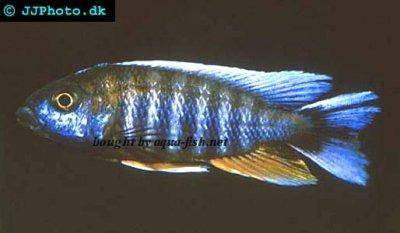

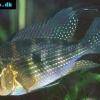 Thread-finned
Thread-finned 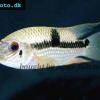 Acara
Acara 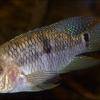 Yellow
Yellow 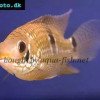 Patrick's
Patrick's 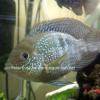 Blue
Blue 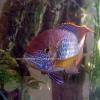 Green
Green 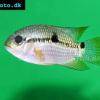 Acara
Acara 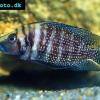 White
White 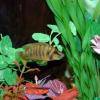 Compressed
Compressed 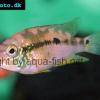 Pastel
Pastel 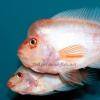 Midas
Midas 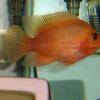 Red
Red 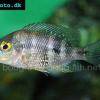 Bluemouth
Bluemouth 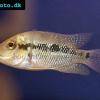 False
False 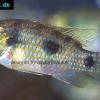 African
African 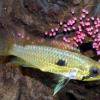 Agassiz's
Agassiz's 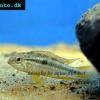 Banded
Banded 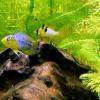 Yellow
Yellow 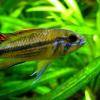 Cockatoo
Cockatoo 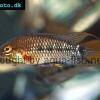 Blue
Blue 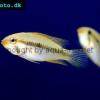 Blackstripe
Blackstripe 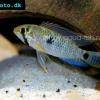 Highfin
Highfin 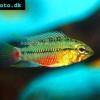 Redstripe
Redstripe 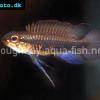 Threadfinned
Threadfinned 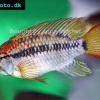 Macmaster’s
Macmaster’s 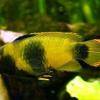 Panda
Panda 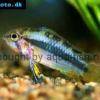 Norbert’s
Norbert’s 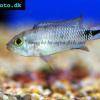 Blue
Blue 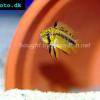 Thin-line
Thin-line 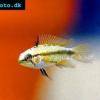 Three-striped
Three-striped 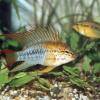 Viejita
Viejita 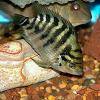 Flier
Flier 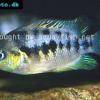 Archocentrus
Archocentrus 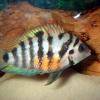 Convict
Convict 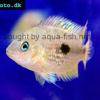 Seven
Seven 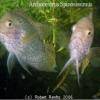 Spiny
Spiny 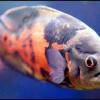 Oscar
Oscar 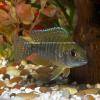 Sunshine
Sunshine 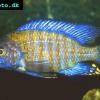 Chitande
Chitande 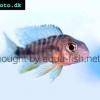 Firebird
Firebird 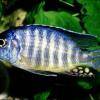 Midnight
Midnight 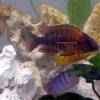 Sunshine
Sunshine 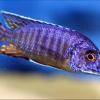 Aulonocara
Aulonocara 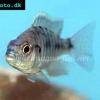 Nyasa
Nyasa 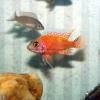 Ruby
Ruby 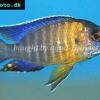 Grants
Grants 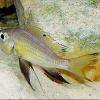 Aulonocranus
Aulonocranus 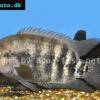 Chameleon
Chameleon 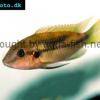 Benitochromis
Benitochromis 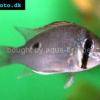 Orinoco
Orinoco 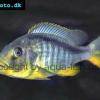 Yellow
Yellow 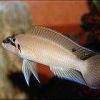 Brichard’s
Brichard’s 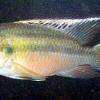 Guenther’s
Guenther’s 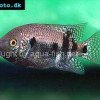 Southern
Southern 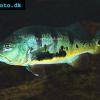 Cichla
Cichla 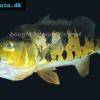 Peacock
Peacock 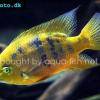 Chiseltooth
Chiseltooth 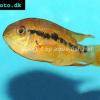 Bolivian
Bolivian 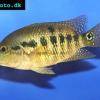 Red
Red 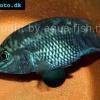 Many-pointed
Many-pointed 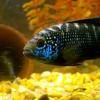 Jack
Jack 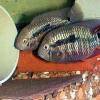 Red
Red 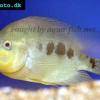 Three
Three 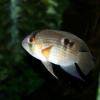 Keyhole
Keyhole 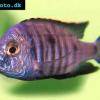 Azureus
Azureus 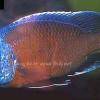 Red
Red 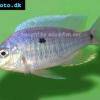 Jackson’s
Jackson’s 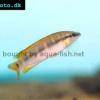 Crenicichla
Crenicichla 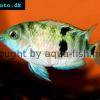 Honduran
Honduran 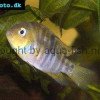 Blue-eye
Blue-eye 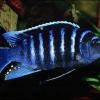 Afra
Afra 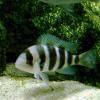 Frontosa
Frontosa 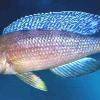 Slender
Slender 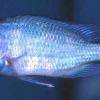 Malawi
Malawi 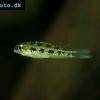 Chequerboard
Chequerboard 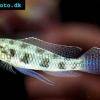 Checkerboard
Checkerboard 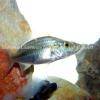 Malawi
Malawi 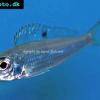 Ectodus
Ectodus 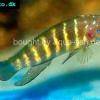 Tanganyika
Tanganyika 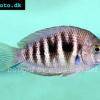 Canara
Canara 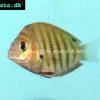 Green
Green 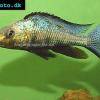 Rostratus
Rostratus 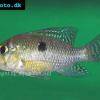 Pearl
Pearl 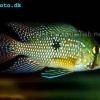 Geophagus
Geophagus 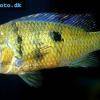 Yellowhump
Yellowhump 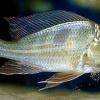 Suriname
Suriname 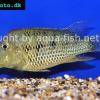 Redhump
Redhump 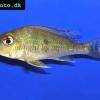 Red
Red 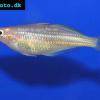 Dority’s
Dority’s 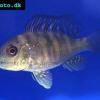 Argentine
Argentine 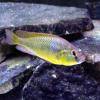 Burton’s
Burton’s 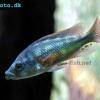 Victoria
Victoria 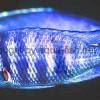 Haplochromis
Haplochromis 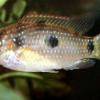 Jewel
Jewel 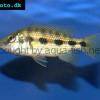 Banded
Banded 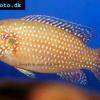 Lifalili
Lifalili 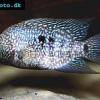 Lowland
Lowland 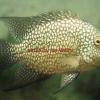 Texas
Texas 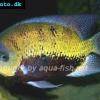 Pantano
Pantano 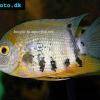 Severum
Severum 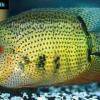 Banded
Banded 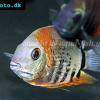 Severum
Severum 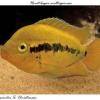 Rainbow
Rainbow 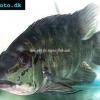 Parrot
Parrot 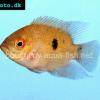 Chocolate
Chocolate 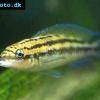 Brown
Brown 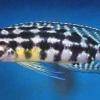 Marlieri
Marlieri 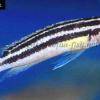 Golden
Golden 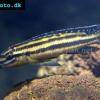 Striped
Striped 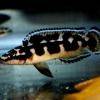 Masked
Masked 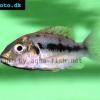 Konye
Konye 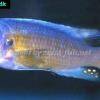 Blue
Blue 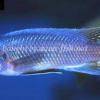 Trewavas
Trewavas 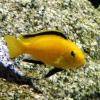 Electric
Electric 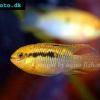 Dwarf
Dwarf 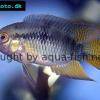 Redbreast
Redbreast 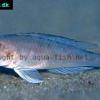 Lamprologus
Lamprologus 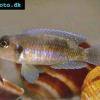 Gold
Gold 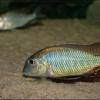 Greenface
Greenface 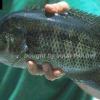 Mayan
Mayan 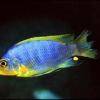 Aurora
Aurora 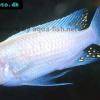 Blue
Blue 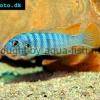 William’s
William’s 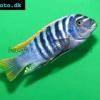 Zebra
Zebra 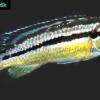 Malawi
Malawi 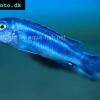 Blue
Blue 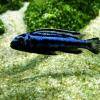 Blue
Blue 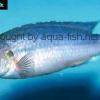 Mbuna
Mbuna 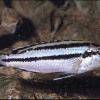 Parallel
Parallel 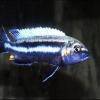 Purple
Purple 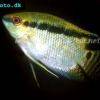 Flag
Flag 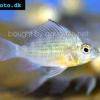 Bolivian
Bolivian 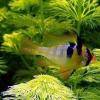 Ram
Ram 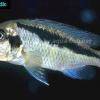 Basket
Basket 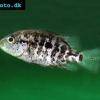 Haitian
Haitian 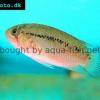 Zebra
Zebra 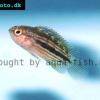 Striped
Striped 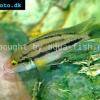 Neolamprologus
Neolamprologus 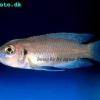 Brevis
Brevis 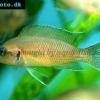 Fairy
Fairy 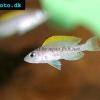 Neolamprologus
Neolamprologus 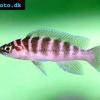 Cylindricus
Cylindricus 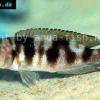 Hecq’s
Hecq’s 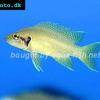 Neolamprologus
Neolamprologus 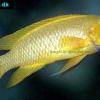 Lemon
Lemon 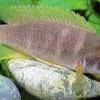 Mustax
Mustax 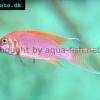 Daffodil
Daffodil 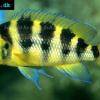 Six-bar
Six-bar 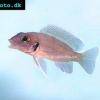 Five-bar
Five-bar 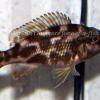 Marbled
Marbled 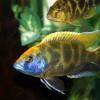 Giraffe
Giraffe 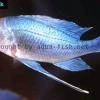 Blue
Blue 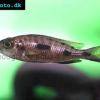 Sulphurhead
Sulphurhead 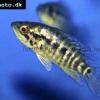 Wolf
Wolf 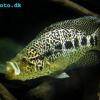 Jaguar
Jaguar 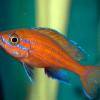 Blue
Blue 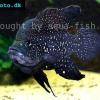 Marakeli
Marakeli 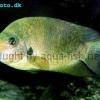 Madagascar
Madagascar 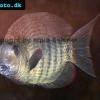 Pinstripe
Pinstripe 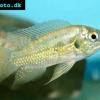 Pelmatochromis
Pelmatochromis 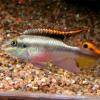 Kribensis
Kribensis 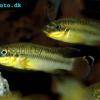 Striped
Striped 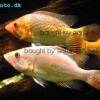 Red
Red 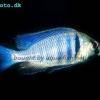 Deepwater
Deepwater 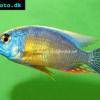 Fenestratus
Fenestratus 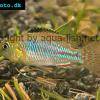 Nichols’
Nichols’ 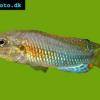 Southern
Southern 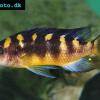 Bumble
Bumble 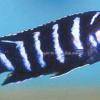 Demason’s
Demason’s 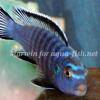 Slender
Slender 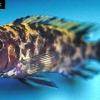 Red
Red 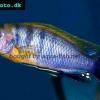 Mbuna
Mbuna 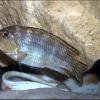 Malawi
Malawi 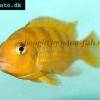 Kenyi
Kenyi 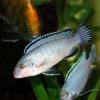 Powder
Powder 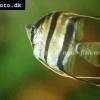 Altum
Altum 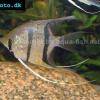 Angelfish
Angelfish 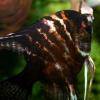 Angelfish
Angelfish 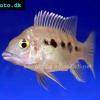 East
East 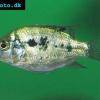 Juba
Juba 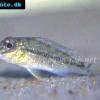 Earth
Earth 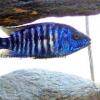 Electric
Electric 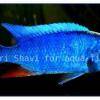 Azure
Azure 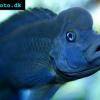 Lionhead
Lionhead 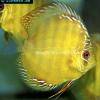 Discus
Discus 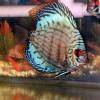 Blue
Blue 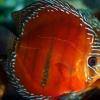 Red
Red 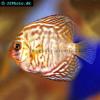 Zebra
Zebra 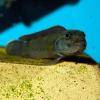 Brichard’s
Brichard’s 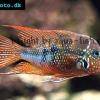 Blue
Blue 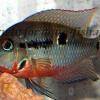 Firemouth
Firemouth 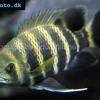 Zebra
Zebra 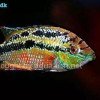 Yellow
Yellow 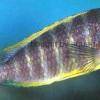 Blue
Blue 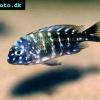 Dwarf
Dwarf  Blunthead
Blunthead 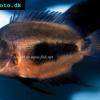 The
The 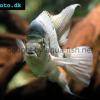 White
White 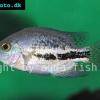 Twoband
Twoband 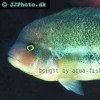 Fenestratus
Fenestratus 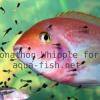 Window
Window 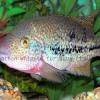 Tailbar
Tailbar 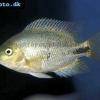 Black
Black 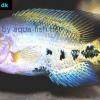 Redhead
Redhead 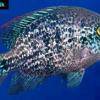 Oaxaca
Oaxaca 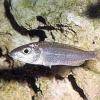 Xenotilapia
Xenotilapia